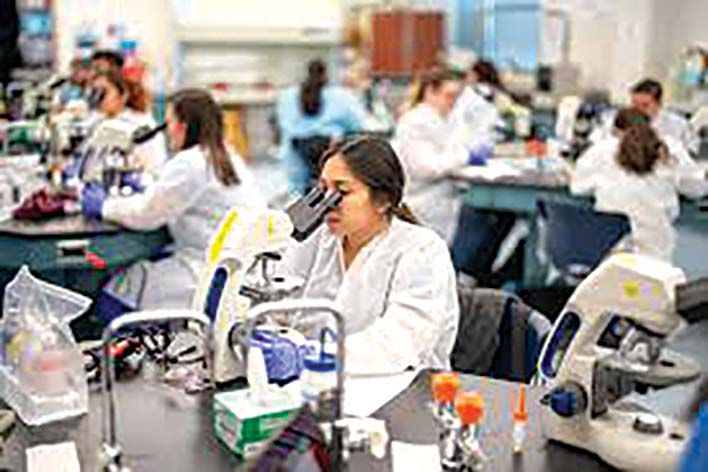AI in Sperm Sorting: An Unbiased Decision for A Better Outcome
- Dr. Ramnath Babu T J

- Nov 7, 2024
- 3 min read

Artificial Intelligence or AI is revolutionising fertility treatments of the future. The inclusion of AI enhances the accuracy, efficiency, and objectivity of sperm selection, hence potentially improving fertility outcomes by leaps and bounds. Traditionally, sperm sorting through manual methods is subjective to judgments. Processes like centrifugation and swim-up methods are used to separate sperm based on motility and morphology. Although they are effective, they have their limitations, leading to human errors that affect the success rates of fertility treatment. For instance, studies have shown that traditional sperm sorting techniques can have variability in success rates, with reported live birth rates ranging between 15 per cent to 25 per cent per cycle depending on the method and quality of sperm. Hence the introduction of AI helps in maintaining consistency in evaluations of sperm, using the same data set for every sample which leads to better judgments.
Automation and Standardisation- Automation of sperm selection and also introduction of AI in the process have improved the results in ART. AI-assisted sperm selection improves the accuracy in choosing high-quality sperm for fertilisation purposes, and also, pregnancy and live birth rates might be improved. Technologies like Intracytoplasmic Morphologically Selected Sperm Injection along with AI ensure the chances of pregnancies increase by about 10-20 per cent compared to the standard procedures. AI and Automation will decrease time taken to analyze sperm and increase opportunities to select better sperm with DNA integrity for better development and higher success rates in embryo selection. These processes ensure that the sperm selection process follows consistent criteria, reducing variability in outcomes caused by human error.
Analysing Complex Data for Better Outcomes- AI plays a crucial in improving IVF outcomes by analysing complex data and providing tailored recommendations. AI-driven tools and models such as those on SpOvum.ai point towards an opportunity to optimise ovarian stimulation decisions by assessing patient characteristics and follicle growth patterns. A study revealed that the use of AI in IVF improved egg yield and reduced medication costs. AI enables fertility specialists to make data-driven choices, improving overall IVF success rates and streamlining treatment processes.
Reducing Human Error- AI models can continuously learn and refine their performance by being trained on newer data. This adaptability ensures the technology remains unbiased and up-to-date with the latest scientific insights into sperm quality and fertility success rates. Studies have shown that AI-driven sperm sorting can decrease human-related errors by up to 25 per cent, improving sperm selection quality in terms of morphology and motility.
Reduction of Sperm Damage- The new AI-driven sperm sorting techniques also include microfluidic systems that are known to exhibit several advantages over the most commonly used conventional method, which is centrifugation. Traditional centrifugation methods, such as density gradient centrifugation, also cause severe oxidative stress and DNA fragmentation of the sperm because of the very high mechanical forces involved. The AI-infused microfluidic sorting minimises this damage significantly by involving gentler processes that mimic the natural pathway of sperm selection. The studies show that the process of microfluidic sorting decreases DNA fragmentation in sperm, which gives improved opportunities for success for IVF. For example, DNA fragmentation is 20 percent lower in sperm sorted using microfluidic processes than in traditional processing methods.
AI is bound to play an increasingly definitive role in fertility treatments, which will improve the outcomes for couples experiencing infertility.
(The author is a Co-Founder & CEO at SpOvum® Technologies. Views personal.)





Comments